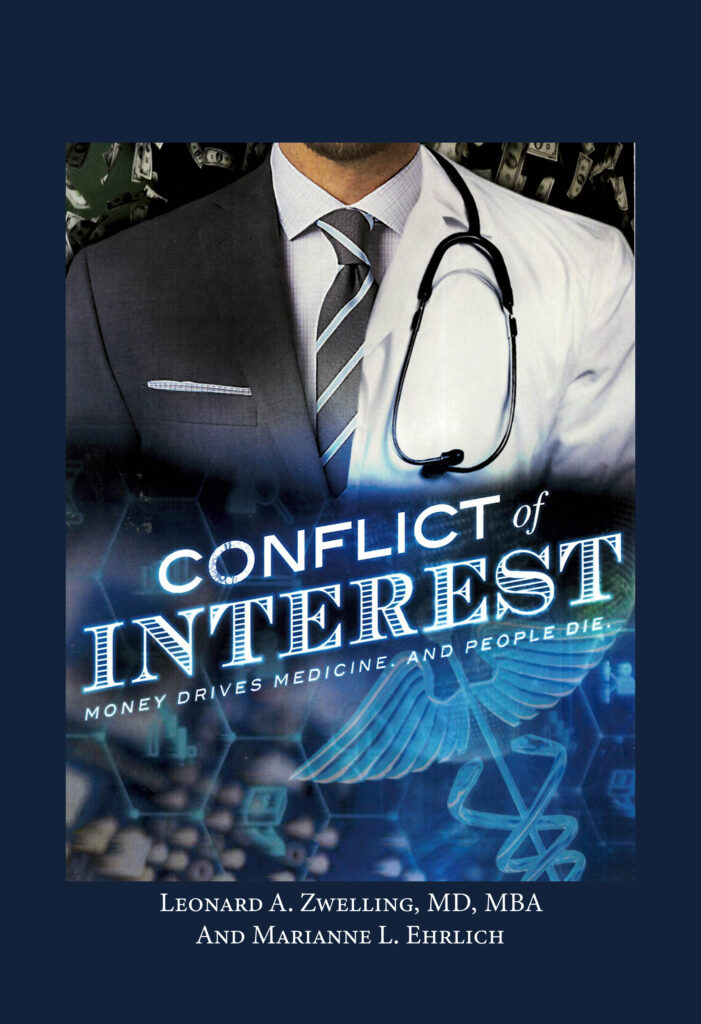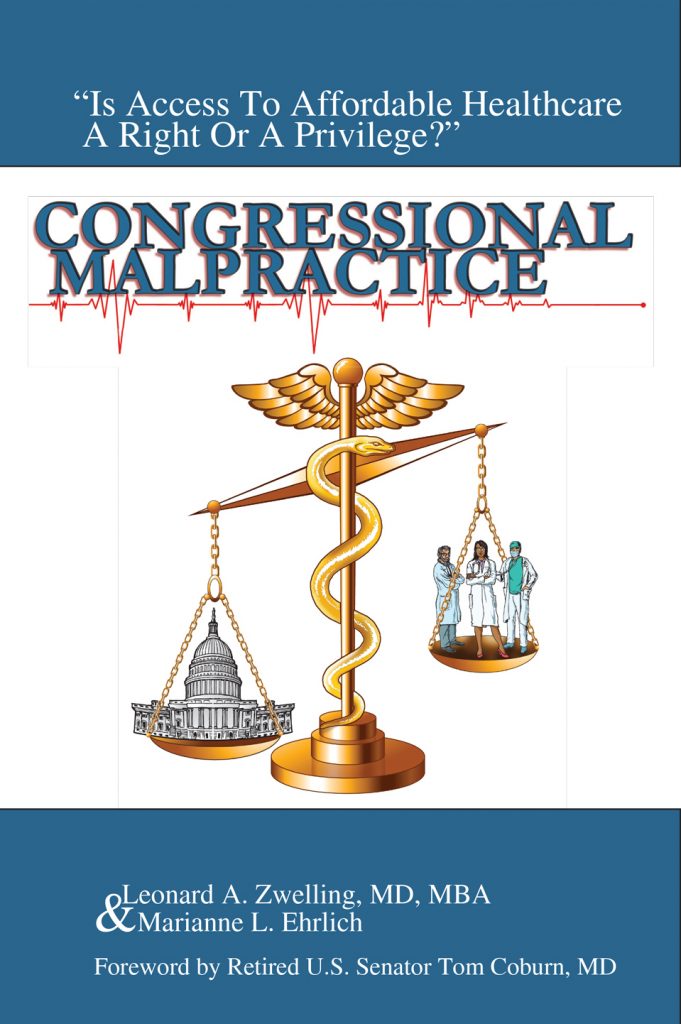Shorter and Longer:
Searching for Presidents
By
Leonard Zwelling
One thing we may be able to all agree upon is that the
process by which we identify the candidates for President of the United States
and the subsequent six month slog to Election Day in November are overly
lengthy. There really is no logic to the order in which the states run their
primaries and caucuses. It is a process full of chaos and money and heartbreak
for most of the candidates and one huge headache for the rest of us.
There really is no need to have the process be this long. It
is greater than the length of the baseball season and the NBA playoffs, both of
which are also too long. Baseball needn’t be played in the snow nor
professional basketball past May.
There have been numerous proposals to select the GOP and
Democratic Party standard bearers other than the former one of picking them in
smoke-filled rooms. There could be regional primaries, let’s say four, just
like in the NCAA basketball tournament. They could be a month apart with one
each in February, March, April and May (if needed). That way the candidates
could spend less on travel between Iowa, New Hampshire and South Carolina and
the country would actually have a majority of its citizens able to weigh in on
alternative candidates and viewpoints. What a concept! We could also allow no
electioneering until after the first day of the election year, with no
competition allowed between the May primaries and the conventions. That would
give everyone a two-month respite from the noise before the real cacophony
begins.
Of course, we would have to get the cable
networks to play down politics as a horse race and that may be impossible, but
at least we could schedule our lives around the regional contests. We could
even allow complete crossover voting in primaries so that registration to vote
is sufficient reason to cast a ballot in either party’s primary. Consider the
degree to which participation would increase. Consider the decrease in
confusion over delegate allocation if caucuses were eliminated and arcane
political rules were suspended. Each state would be winner take all if one
candidate gets 50% + 1 and if not, the delegates would be apportioned by
percent of the vote gleaned. This would be fairer, shorter and surely less confusing.
It would also put many media gurus out of work because anyone could understand
the results of such a system and would not need tricky computer maps of
counties to understand who is ahead.
But
the opposite needs to occur when selecting the next President of MD Anderson.
More time needs to be taken and the process needs to become far more
transparent.
Obviously,
inadequate due diligence was exercised in the picking of the current President
as anyone who spoke with anyone in Boston would have gotten an earful of malice
and moved to another choice. Furthermore, those being governed, need a far
greater voice in the selection of the leader for it is their work that will
guarantee his or her success or create an environment of dissent as is
obviously the case now.
There
is no need for shared governance to diminish the authority, power or leadership
of the President of MD Anderson. In fact, the opposite is true. With true
shared governance would come an environment of cooperation that is most likely
to signal the success of the institution, its patient care, and its science.
It
is time to shorten the run to the White House and lengthen the run to the top
of Pickens. Getting the time line right would go a long way toward getting the
subsequent occupant right. In the country the current system has us choosing
between a megalomaniacal narcissist and an experienced woman of questionable
ethics. Hell, that is better than what we had for the leadership of Anderson
which was no choice at all.




